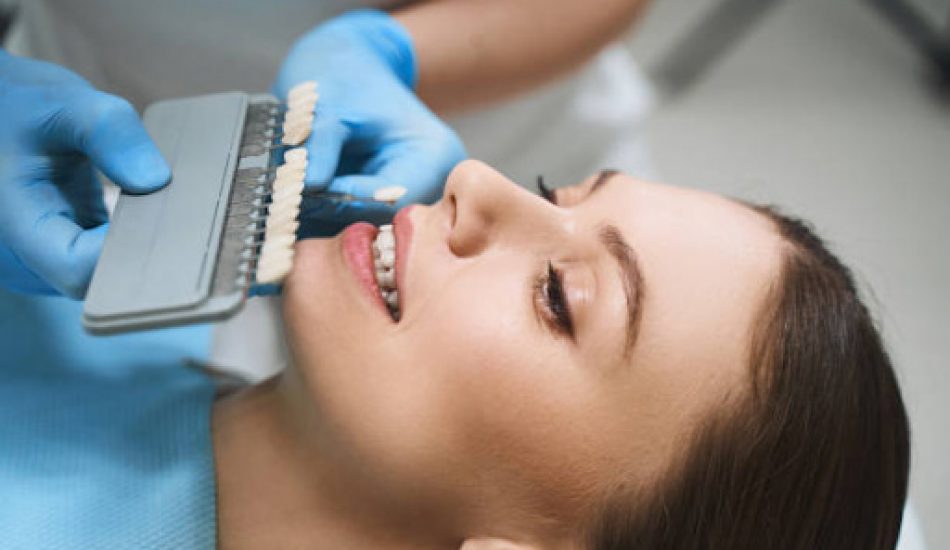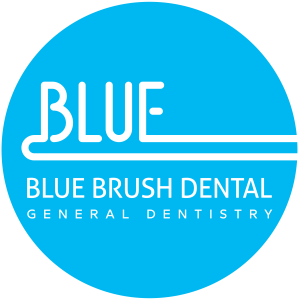Cosmetic dentistry’s popularity is booming as more people seek to enhance their smiles for both beauty and confidence. If you’re looking for expert care, a Cosmetic Dentist in Irvine Ca can help transform your smile with personalized treatments designed to meet your needs.
Offering a range of treatments that improve teeth’s appearance, Cosmetic Dentistry in Irvine Ca isn’t just for the elite; it’s accessible to all, aiming to enhance features like teeth’s shape, size, color, and alignment.
It’s more than just aesthetics… having a radiant smile impacts self-esteem and personal interactions, making it essential for a good first impression and overall confidence. Let’s dive into the popular treatments used in cosmetic dentistry today.
Teeth Whitening
Teeth whitening stands at the forefront as one of the most commonly requested procedures. This relatively simple yet effective treatment can dramatically transform the brightness of one’s smile, effectively banishing stains and discoloration that accumulate over time.
What is a Teeth Whitening Procedure
Teeth whitening applies the peroxide-based bleaching agent to the surface of the teeth. This agent breaks down the complex molecules that cause staining, making the teeth darker. The bleaching agent’s specific concentration and application duration can vary, tailored to meet each patient’s unique needs and sensitivity levels.
Different Options Available
Consumers today have the luxury of choice when it comes to teeth whitening, with two primary avenues available: in-office treatments and at-home kits.
In-Office Treatments: Conducted by dental professionals, in-office whitening is the fastest way to achieve results.
Dentists can utilize more vital bleaching agents combined with precision application and sometimes light or heat to accelerate and intensify the whitening process. Patients can observe dramatic results within a single session, making it an ideal treatment option for those seeking immediate changes.
At-Home Kits: For those who prefer a more gradual approach or are looking for a cost-effective alternative, at-home teeth whitening kits offer a convenient solution.
Although these kits contain a lower concentration of bleaching agent than in-office options, they are designed for safe, unsupervised use over several days or weeks.
These kits come in various forms, including whitening strips, custom-fitted trays, or paint-on products, each formulated to provide a measured and consistent application of the whitening compound.
Expected Results and Duration of Effects
The effectiveness of teeth whitening treatments is impressive. In-office procedures typically yield more immediate and noticeable results. They are often lightening teeth by several shades in an hour or two.
Dental Bonding
The practice of dental bonding is another testament to the ingenuity inherent in modern cosmetic dentistry. It is a viable solution for minor dental repairs and cosmetic adjustments, tailoring to needs requiring a precise and less invasive approach.
Dental bonding is a technique that applies a tooth-colored composite resin material to the teeth. This resin is carefully sculpted onto the tooth, where it adheres, and then hardens in place using specialized curing light.
The subtly artistic process requires a skilled hand to shape and polish the material to match the surrounding tooth structure seamlessly. The result is a natural-looking repair that blends with the rest of the patient’s smile.
Dental bonding is particularly well-suited for making minor cosmetic changes, temporarily correcting cosmetic defects, and repairing teeth in areas with shallow bite pressure (for example, the front teeth).
Dental Crowns
Dental crowns are a cosmetic solution for damaged or imperfect teeth by entirely capping or encircling a tooth or dental implant.
Crowns often strengthen teeth, restore their original shape, or give a more aesthetic appearance to a smile marred by discolored or misshapen teeth.
Materials Used for Crowns
Depending on the tooth’s location and function, crowns can be made from various materials, including:
Ceramic: Popular for restoring front teeth due to their natural color and texture
Porcelain: Often bonded to a metal shell, combining strength with a pleasing aesthetic.
Metal Alloys: Known for their durability, these are typically used where the bite pressures are most significant.
Maintain oral hygiene by cleaning twice daily and flossing regularly.
Avoid chewing hard foods, ice, or other complex objects that could damage the crown.
Invisalign and Orthodontic Treatments
The orthodontic treatments in cosmetic dentistry have drastically evolved with options like Invisalign, a clear departure from traditional metal braces.
Advantages of Invisalign
Aesthetics: Near invisibility ensures that your cosmetic treatment is known only to you.
Comfort: The smooth plastic aligners offer a comfortable fit without wires or brackets.
Hygiene: Invisalign is removable, allowing for better oral hygiene as you can floss and brush normally.
Timeframe and Effectiveness
Treatment Duration: The duration of Invisalign treatment is comparable to that of traditional braces, often between 6 to 18 months, though it varies per individual case.
Effectiveness: When worn diligently, Invisalign is effective for many teeth alignment issues, delivering substantial cosmetic improvements.
Dental Implants
Dental implants stand out as a premier solution for tooth replacement, offering permanence and stability unparalleled by other options.
Dental implants are docked directly into the jawbone as robust foundations for replacement teeth.
They are designed to fuse with bone over time, effectively becoming part of your anatomy, which means they offer a permanent fix, eliminating the inconvenience and discomfort associated with removable dentures.
Comparing Dental Implants to Other Tooth Replacement Options
Compared to alternatives like bridges or dentures, implants provide superior benefits:
- Sturdiness: They don’t slip or shift, offering comfort and security.
- Durability: Implants are built to last, frequently enduring a lifetime with proper care, versus bridges and dentures, which may need replacement after 5 to 10 years.
- Bone Preservation: Implants stimulate and preserve natural bone growth, preventing bone loss that often accompanies tooth loss.
- Aesthetics and Functionality: They closely mimic natural teeth in appearance and function, allowing for a natural look and feel.
- Oral Health: Unlike a tooth-supported bridge, implants don’t require altering adjacent teeth, better preserving your overall tooth structure.
Choosing the Right Cosmetic Dentistry Treatment
Selecting the ideal cosmetic dentistry treatment involves a thoughtful conversation with a skilled professional.
At Blue Brush Dental, we aim to understand your vision for your smile and align it with the best possible treatment options. The key is to ensure that your decision leads to a healthy, beautiful, authentic smile that reflects you.


